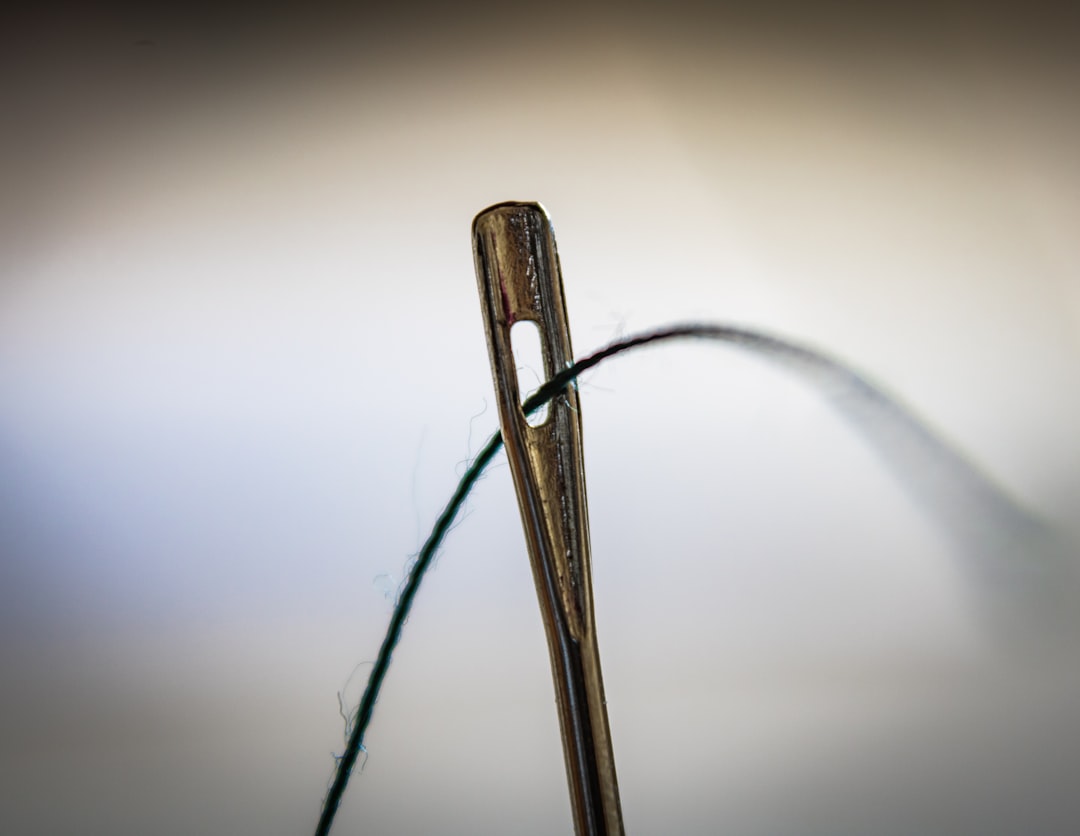What is it about?
This article discusses how early sound films had to explore new ways of integrating sound into their narrative. The effects on editing technique as well as wider story-telling concepts are noted. The wider context of Lamprecht's contribution as a director are exposed.
Featured Image
Why is it important?
This particular film has been ignored by film historians, yet it deserves full recognition in terms of its remarkable use of sound. It is a text book case illustrating how film makers engaged in innovative ways with the emerging potential of sound as a narrative element in cinema.
Perspectives
This article introduces the notion that creative ideas about the integration of sound in film emerged during the transitional period into the sound era. It demonstrates that there was an engagement with sound design concepts a long time before the actual term was coined many decades later.
Maike Helmers
Bournemouth University
Read the Original
This page is a summary of: Emil und die Detektive: Early German sound cinema aesthetic, The New Soundtrack, March 2014, Edinburgh University Press,
DOI: 10.3366/sound.2014.0051.
You can read the full text:
Contributors
The following have contributed to this page










